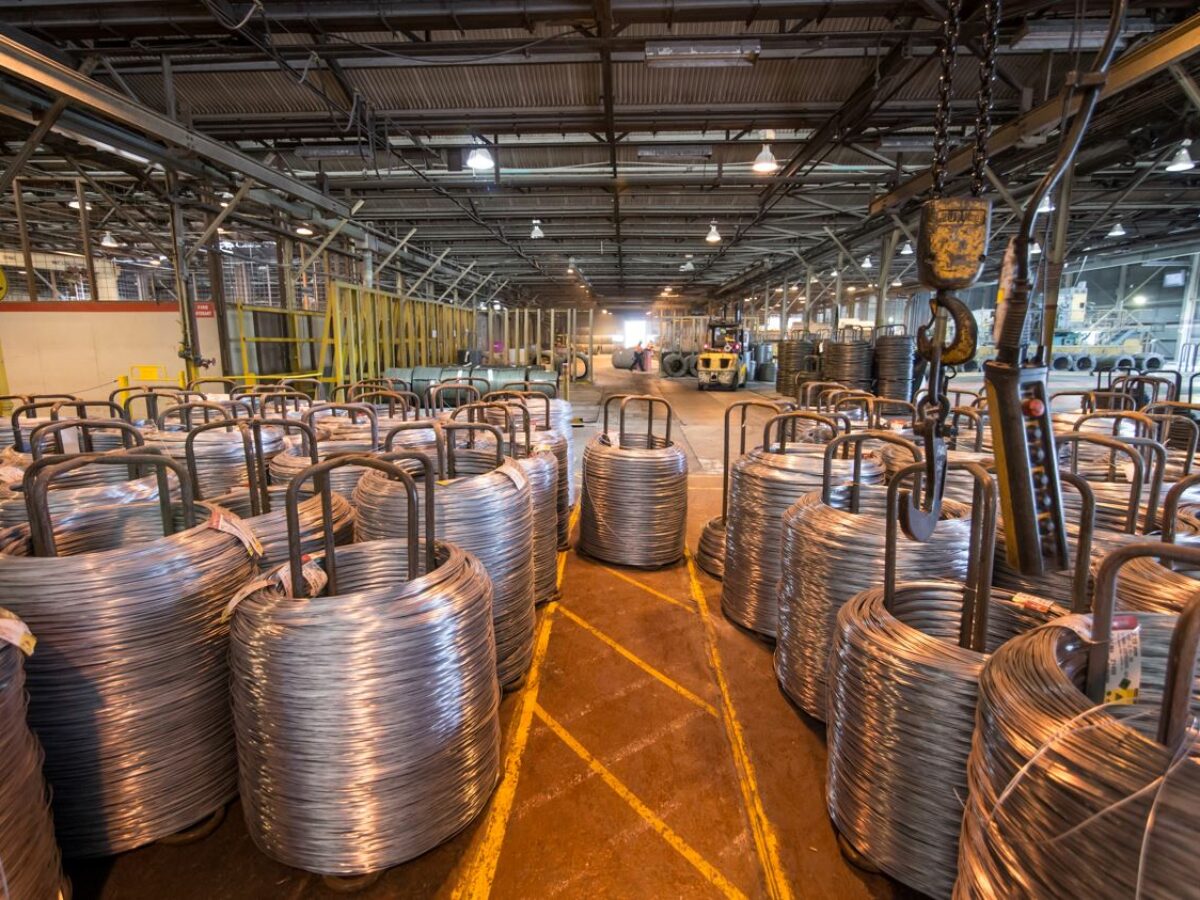R&D on robotic coating tech promises longer-lasting fences

Steel maker Infrabuild, the CSIRO and the Innovative Manufacturing CRC have announced a project that will use an automated coating process that aims to deliver more durable building products.
The project – which has been awarded a $100,000 grant through IMCRC’s activate program – will integrate CSIRO’s ZAP Cold Spray technology into Infrabuild’s operations.
Cold spray accelerates particles — usually metals — to supersonic speeds, depositing them on a surface where they stick together without having to be melted into a liquid at high temperatures. It has been used in coatings and repairs and, more recently, to build parts in a near-net shape.
ZAP applies “a high-strength, recycled corrosion-resistant coating” to steel products, giving greater strength and corrosion resistance, especially in soil, according to a statement on the project. The coating would be robotically applied in “a fully automated digital manufacturing production line” with productivity benefits.
Bradley Taylor, Director of Technical at InfraBuild Wire, said the R&D project would enable them to explore cold spray and adopt it in coatings for new steel products.
“We will be able to manufacture longer-lasting, damage resistant, coated steel products that have the ability to withstand aggressive environments,” said Taylor, adding that these would lead to savings for customers.
Dr Matthew Young of the IMCRC said, “This research collaboration is enabling InfraBuild and CSIRO to solve a nationwide challenge, improving the sustainability of fencing in Australia under some of the toughest environmental conditions on earth.”
Cold spray was discovered by Russian researchers in the 1980s, later adopted by the US for applications such as repairing Black Hawk gearboxes, and has more recently been used to make large-format parts, for example by Australian machine builders Titomic and SPEE3D.
Picture: Infrabuild’s Newcastle site (supplied)
Subscribe to our free @AuManufacturing newsletter here.
Topics Technology
@aumanufacturing Sections
Analysis and Commentary Awards Defence Manufacturing News Podcast Technology Videos






